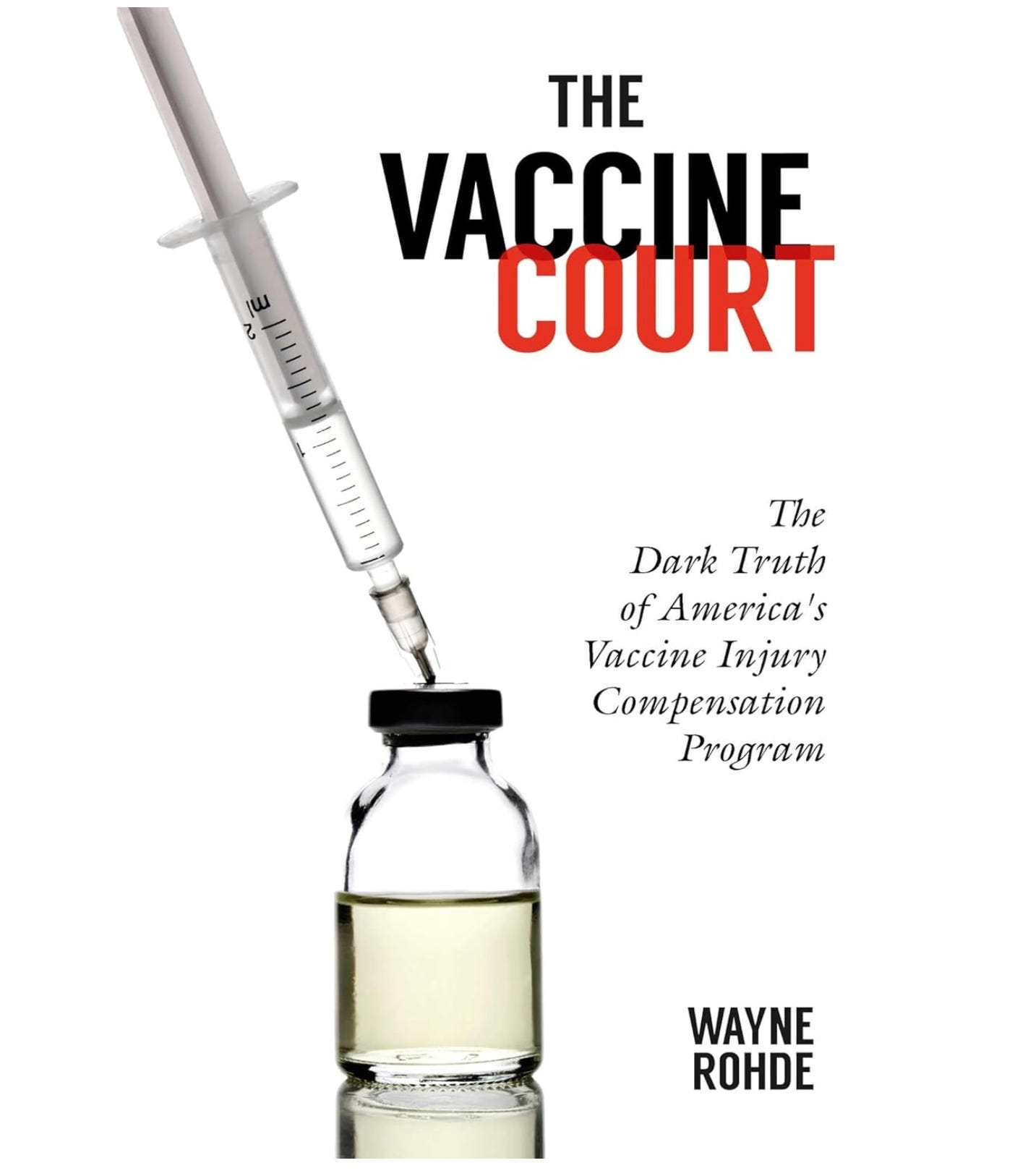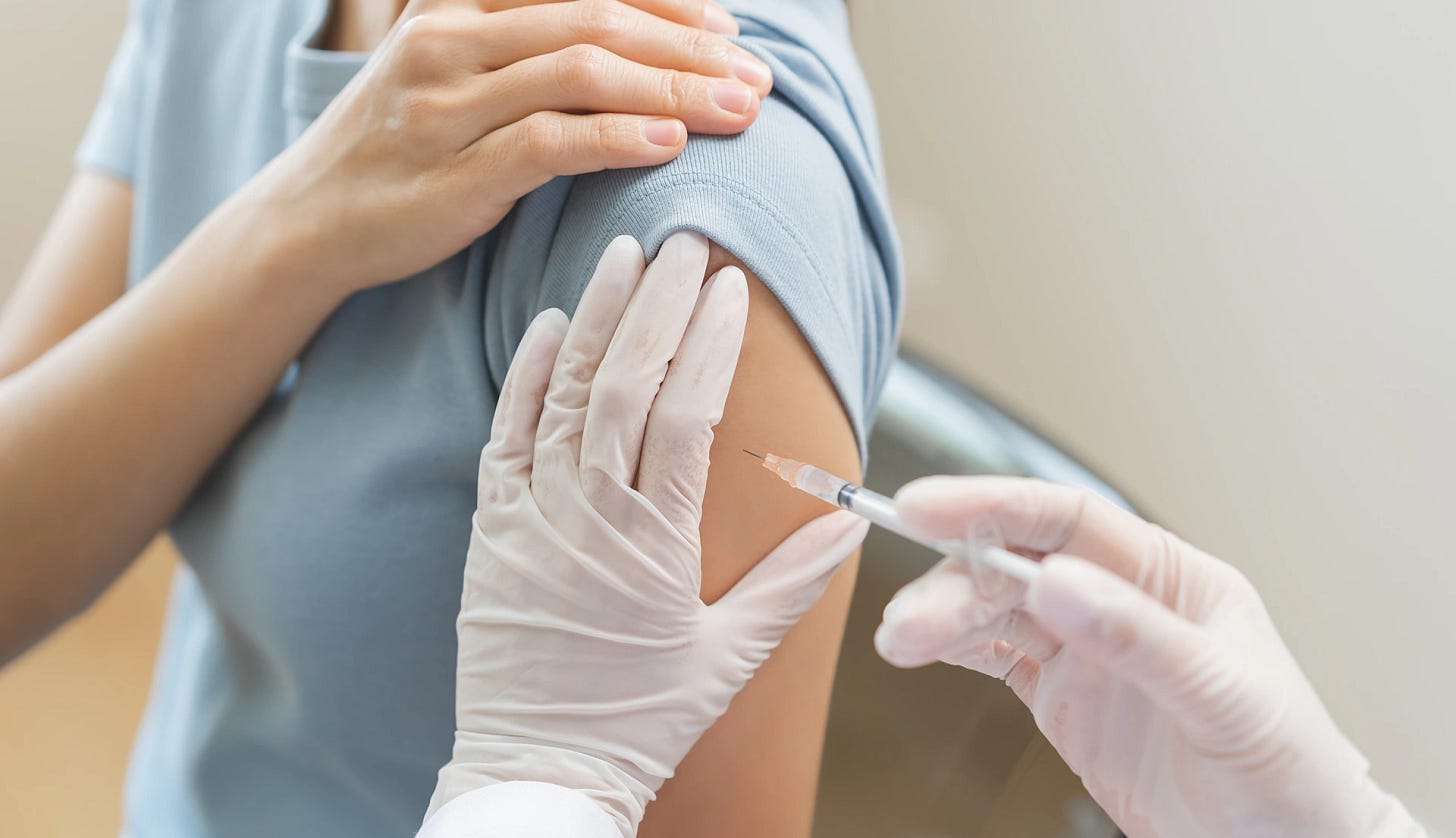HHS Weighs Adding Autism Symptoms to Vaccine Injury Table
By James Lyons-Weiler, PhD, Contributor, The MAHA Report
Last week, an adviser to the Department of Health and Human Services (HHS) announced that the agency is weighing whether or not to add autism‑associated symptoms to the Vaccine Injury Compensation Program’s injury table. Such a move would draw sharp criticism from legacy media but it would help patients: certain neurodevelopmental injury claims would be processed faster, according to Andrew Downing, a senior advisor to HHS Secretary Kennedy, who made his point during a Washington event hosted by The MAHA Institute.
The injury table is the fulcrum of non-litigated awards from the Vaccine Injury Compensation Program (VICP), a program most Americans don’t even known exists.
When an injury occurs within the specified time window after a covered vaccine, petitioners receive a presumption of causation, and HHS bears the burden to rebut. Table entries and their “Qualifications and Aids to Interpretation” are codified and can, according to the Legal Information Institute and the eCFR Federal Register, be revised only through notice‑and‑comment rule making after consultation with the Advisory Commission on Childhood Vaccines (ACCV).
If a revision broadens a patients’ eligibility, Congress created a special refiling window: individuals newly eligible have two years from the effective date to file for compensation for injuries that occurred up to eight years prior.
All VICP claims, except those moved to civil court due to evidence of fraud, are handled by the Office of Special Masters in the U.S. Court of Federal Claims, which by statute consists of eight Special Masters serving four‑year terms. HRSA’s own program materials state that adjudication typically takes two to three years. As of the September 1, 2025 Monthly Statistics Report, the program has received 28,991 petitions since inception, adjudicated 25,593, compensated 12,339, and altogether paid approximately $5.4 billion. The average award in 2025 thus far has been around $140,000, down from millions a decade ago.
According to Wayne Rohde, author of the book “The Vaccine Court 2.0”, the reduction in the average award has been due to vaccine shoulder injuries (termed Shoulder Injury Related to Vaccine Administration; SIRVA). Awards for SIRVA averaged $50,000, mostly for influenza vaccine. “The influenza vaccine is the most commonly filed petition in the NVICP for shoulder injury and Guillain Barre syndrome. About 95% of the awards go to adults, with about 5% going to pediatric vaccine injury cases.” Rohde says the spike in shoulder injuries - referred to as Shoulder Injury Related to Vaccine Administration or SIRVA - are due to improper administration of influenza vaccines from above rather than level into the deltoid muscle.
Those figures reflect steady growth in filings and throughput and set the baseline for any surge triggered by an expanded table.
The timing of bringing forward news of this symptom‑based approach being proposed by Drew Downing intersects directly with an uncomfortable public record: the government has long compensated encephalopathy and residual seizure disorder (RSD) claims where the medical record includes autism‑like symptoms yet the program has not tracked “autism” as such. In a 2011 Pace Environmental Law Review article, Holland, Conte, Krakow, and Colin documented eighty‑three compensated VICP brain‑injury cases with autism or autism‑like symptoms. Twenty‑one published decisions acknowledged autism features; the authors also obtained Social Communication Questionnaire (SCQ) screens from 22 compensated families, all at or above the diagnostic cutoff, with a mean score of 24.4. The article emphasized that its analysis exposed an accountability gap: inconsistency in the award process based on the diagnosis of autism vs. the component symptoms of autism.
HHS itself has confirmed the tracking gap. In a 2009 email reproduced in the Pace article, HRSA stated: “we do not track cases on this basis,” referring to autism or autistic symptoms within compensated encephalopathy claims. That policy choice has kept the public reporting horizon narrow even as the compensation record included autism‑spectrum behaviors and support needs (including Applied Behavior Analysis and safety planning) in damages.
The same Pace dataset shows severity of vaccine injury the public has never seen, summarized by the program: eight of the 83 compensated individuals (≈10%) died before age thirty‑one; seven deaths followed seizures. That mortality signal sits on the other side of a docket coded as encephalopathy/RSD rather than a neurodevelopmental diagnosis, which is precisely the sort of semantic misalignment a symptom‑based table entry could correct.
Would adding autism‑associated symptoms overwhelm the program? That depends on the specificity of the proposed entries and the resources deployed alongside them. The table already lists neurologic injuries for several vaccines with narrow timing windows. If HHS drafts precise definitions of qualifying symptom clusters and onset intervals, the change could reduce the intensity and length of litigation. With additional Special Masters and improved case management, eligible cases would move into the same presumptive lane that streamlined SIRVA disputes. If, instead, the agency announces a broad category without granular timing and diagnostic criteria, filings would spike while adjudication bottlenecks persist.
The law’s design amplifies the stakes: table revisions open a two‑year filing window reaching back eight years, and the presumption flips the burden to HHS.
For manufacturers, the calculus is different from the headlines. The Supreme Court’s decision in Bruesewitz v. Wyeth held that the Vaccine Act preempts design‑defect claims in civil court; the VICP is the channel. Expanding the table does not increase exposure to tort litigation; it increases the share of claims resolved inside the program on a presumptive basis, with predictable damages and no design discovery. That looks less like an existential threat and more like an administrative trade‑off between denial‑heavy litigation and faster, rule‑bound awards.
What vaccines are covered on the Vaccine Injury Table?
Chickenpox Vaccine (Varicella)
Diphtheria, Tetanus, Pertussis Vaccines (DTap, DT, DTP, Tdap, TD, TT)
Haemophilus Influenzae Type B Vaccine (Hib)
Hepatitis A Vaccine
Hepatitis B Vaccine
Human Papillomavirus Vaccine (HPV, Gardasil)
Seasonal Influenza (Flu)
Measles, Mumps, Rubella Vaccine (MMR)
Meningococcal Vaccines
Pneumococcal Vaccines (PCV, Prevnar-13)
Polio Vaccine
Rotavirus Vaccine
What vaccines are NOT covered by the Vaccine Injury Table?
COVID Vaccine
Pneumococcal Polysaccharide Vaccine (PPSV, PPV)
Herpes Zoster Vaccine (Shingles)
Anthrax Vaccine
What vaccine *injuries* are covered by the Vaccine Injury Table?
SIRVA (Shoulder Injury Related to Vaccine Administration)
Brachial Neuritis
Encephalopathy
Thrombocytopenic Purpura
Anaphylaxis
Guillain-Barré Syndrome
Intussusception
The policy through-line is unambiguous. For decades, the government compensated encephalopathy/RSD cases that frequently co‑presented with autism features while telling the public it did not track autism in those awards. PACE’s compilation of the facts of cases put that discrepancy in print, for all to see.
A symptom‑based update would not settle scientific debates, but it would finally align the award criteria with the compensation evidence. The test will be in the details that HHS publishes in the Federal Register: what symptom clusters, what onset intervals, and what resourcing HHS commits to make a reformed table function as more than a press line.







